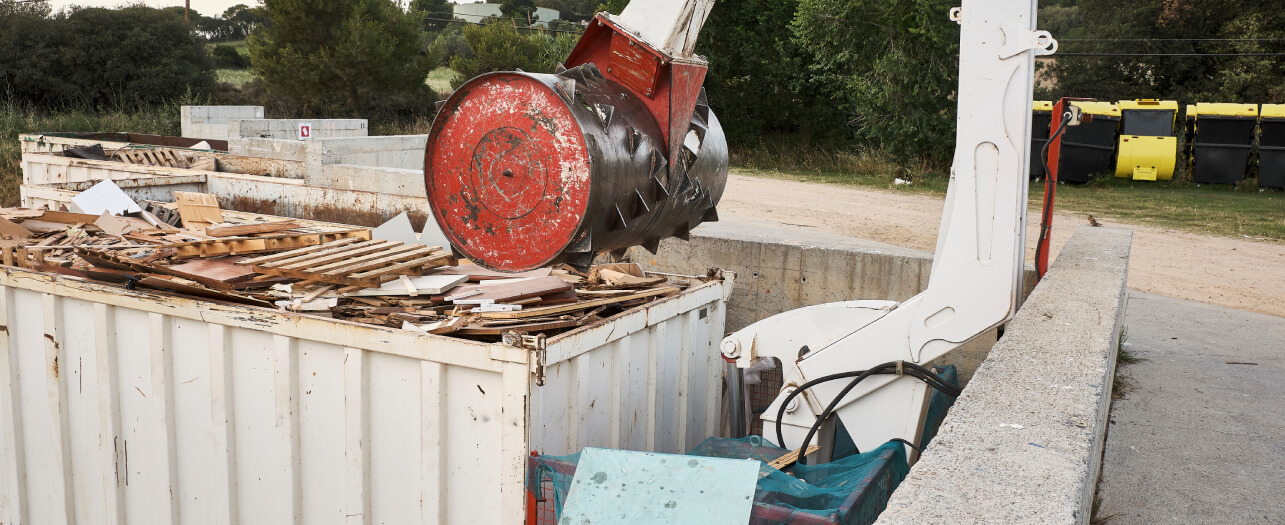When it comes to baler machines, they are universally-helpful solutions to issues often seen in the waste management space. Various kinds of these machines can be helpful in dynamic environments and situations, while being tailored for multiple unique industry-wide applications. You will find waste balers and compactors in tandem with recycling balers for waste disposal. Then there are innovative recycling baling machines such as cardboard balers, for instance. Here is a guide towards the common types of balers that you can choose from.
Baler machines commonly used for industrial applications
Here are the various types of baler machines that are widely used throughout various industries.
- Vertical- These are also called down-stroke balers and make use of downward force (vertical) for material compression. They are suitable for smaller or medium-sized entities which generate lower waste volumes, while tackling plastic, cardboard, paper, textiles, and more. They may generate 30-1,100 pounds worth of bales with amazing versatility. Along with being cardboard balers, they can also double up as plastic waste balers.
- Horizontal- These may tackle bigger industrial operations and functions which end up generating sizable waste volumes. They can be personalized for tackling even foam, textiles, aluminum, and tyres. They have varying sizes while generating bales between 500-2,000 pounds in terms of average sizes.
- Liquid Extraction- Baler machines in this category are specific offerings for extracting liquids from plastic and aluminum bottles/cans, and other types of containers. They are suitable as recycling balers in environments where these materials undergo processing. These machines are useful for combating hazardous and liquid residues while coming with coating for corrosion and wear and tear.
- Ferrous- Ferrous machines are long-lasting and take care of scrap materials which are harder in texture. Bigger openings are usually present, along with stationary and portable versions. They have long charge boxes as baling chambers. These may be three-ram or even two-three compression varieties. Bales are generated as 24-inch cubes in most cases with 60-70 pounds for every square foot by way of density.
- Track- Innovatively-designed baler machines in this category are mostly mobile while getting caterpillar tracks. They can be remotely driven towards necessary materials, enabling compacting of industrial and scrap waste across dumping grounds. It lowers handling and the cost and time involved in the process otherwise. The sheer size enables loading of voluminous amounts of scrap which may be sheared and compressed smoothly thereafter.

As can be seen, baler machines come in different types and versions. You should choose as per your specific requirement. These machines came into being sometime around the 1930s in the agricultural industry. Prior to the automatic version being launched, hay was manually cut and tied into stacks with forks and rakes. The Roto-Balers were the very first automatic innovations, arriving courtesy Allis Chalmers in the year 1947.
There were small-square or rectangular versions available too for the agricultural industry. For scrap materials, they arrived in 1941 as a result of patents by MS Wells. They were then extended to take care of household waste around the 1970s worldwide. Baler machines are indispensable for factories and various industries/companies that generate waste in varying volumes. They can tackle multiple kinds of materials while enabling safe and responsible disposal in turn. Business entities should consider investing in the right balers to save on space at their facilities, while lowering costs and environmental hazards in turn. You can take a closer look at the products offered by POWER Bear for their durability and advanced features. Being the top waste management product supplier in the Middle East, the brand has several innovative and feature-packed products in this category for your perusal.


